Find out your current Cross-Cultural Communication level!
Take this online assessment to receive an approximate indication of your current knowledge and skills in communicating effectively across different cultures in professional environments.
The test consists of 10 questions and can be completed within 10 minutes. Once you finish, we will send your results to you via email along with your next steps for enrollment.

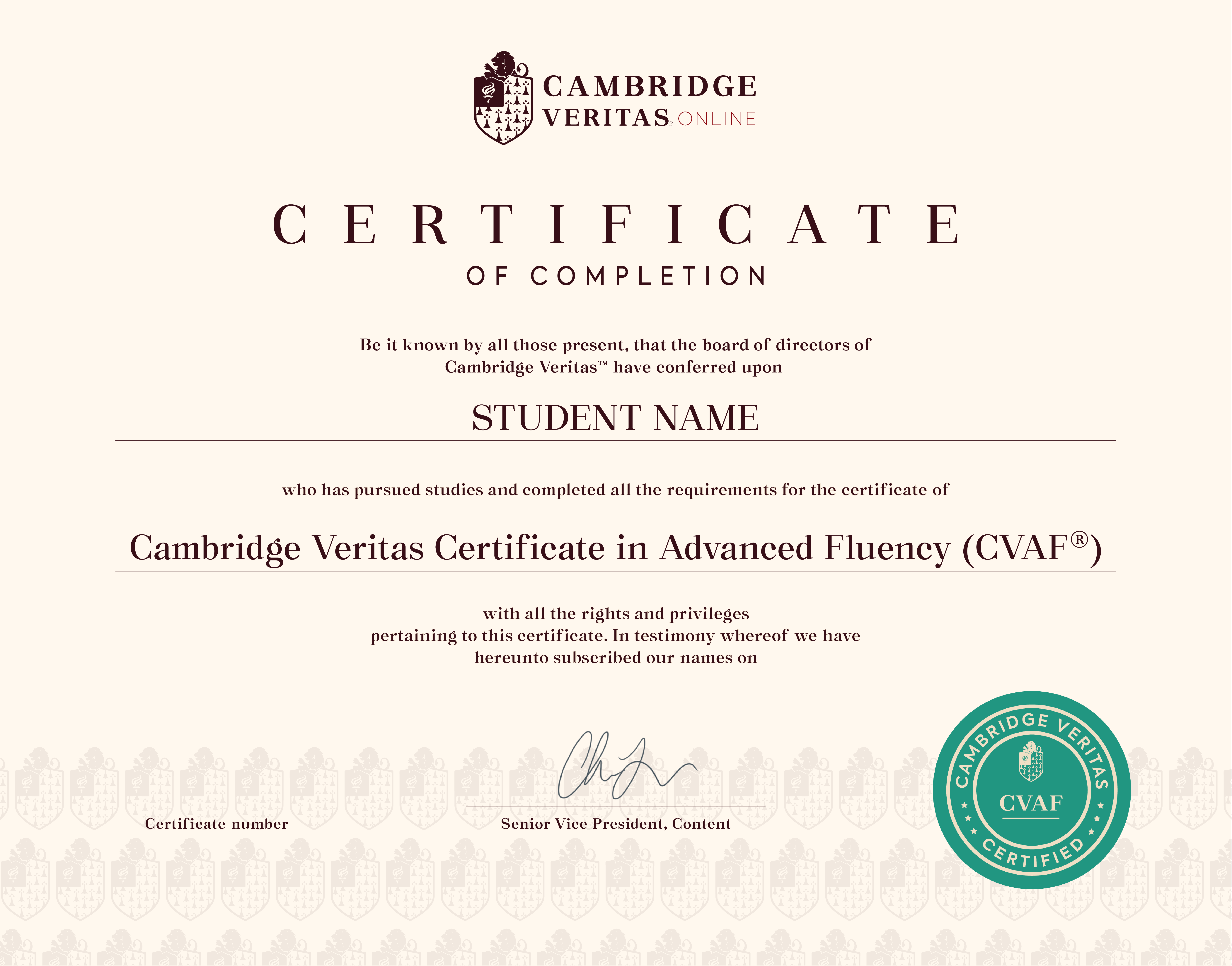
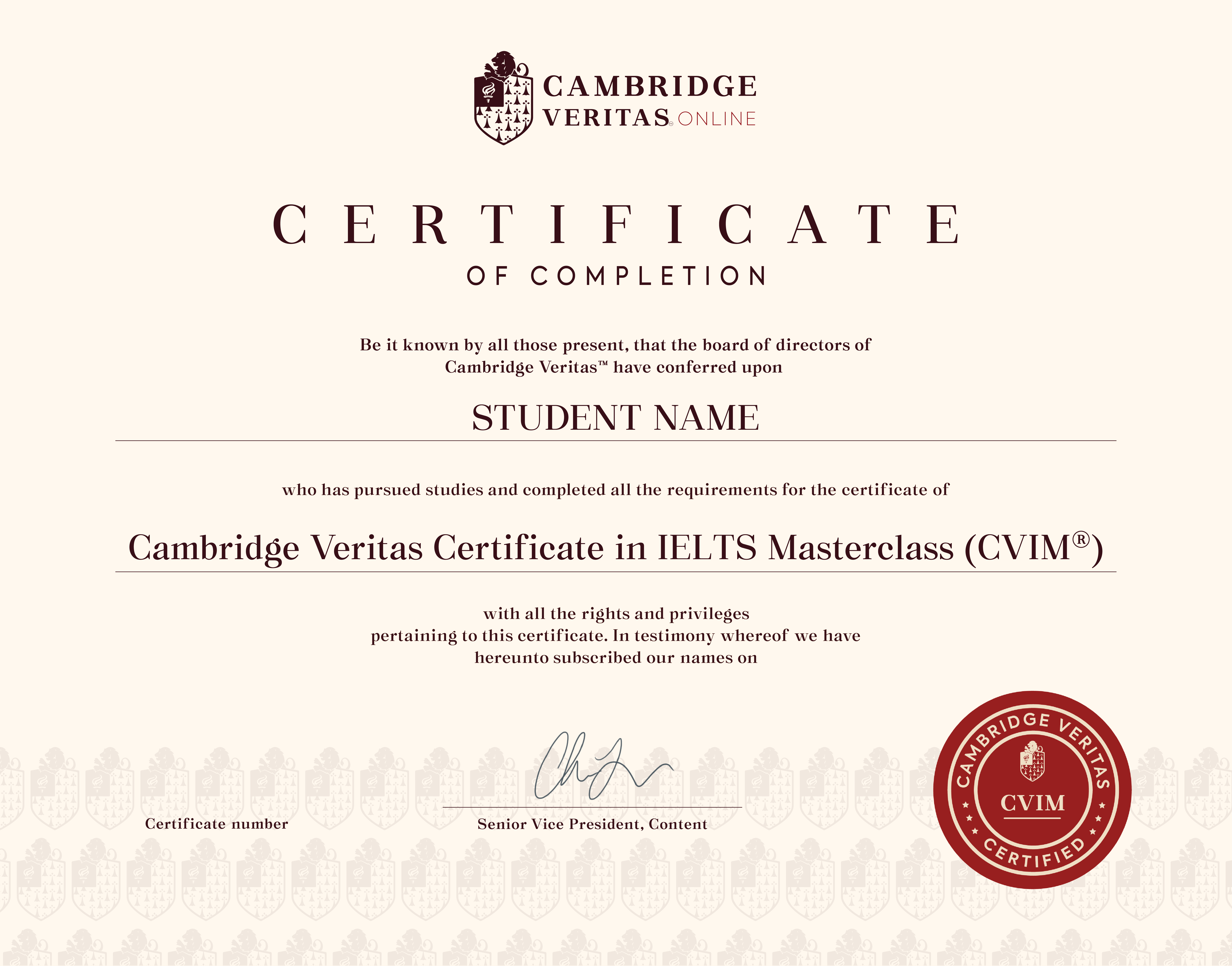
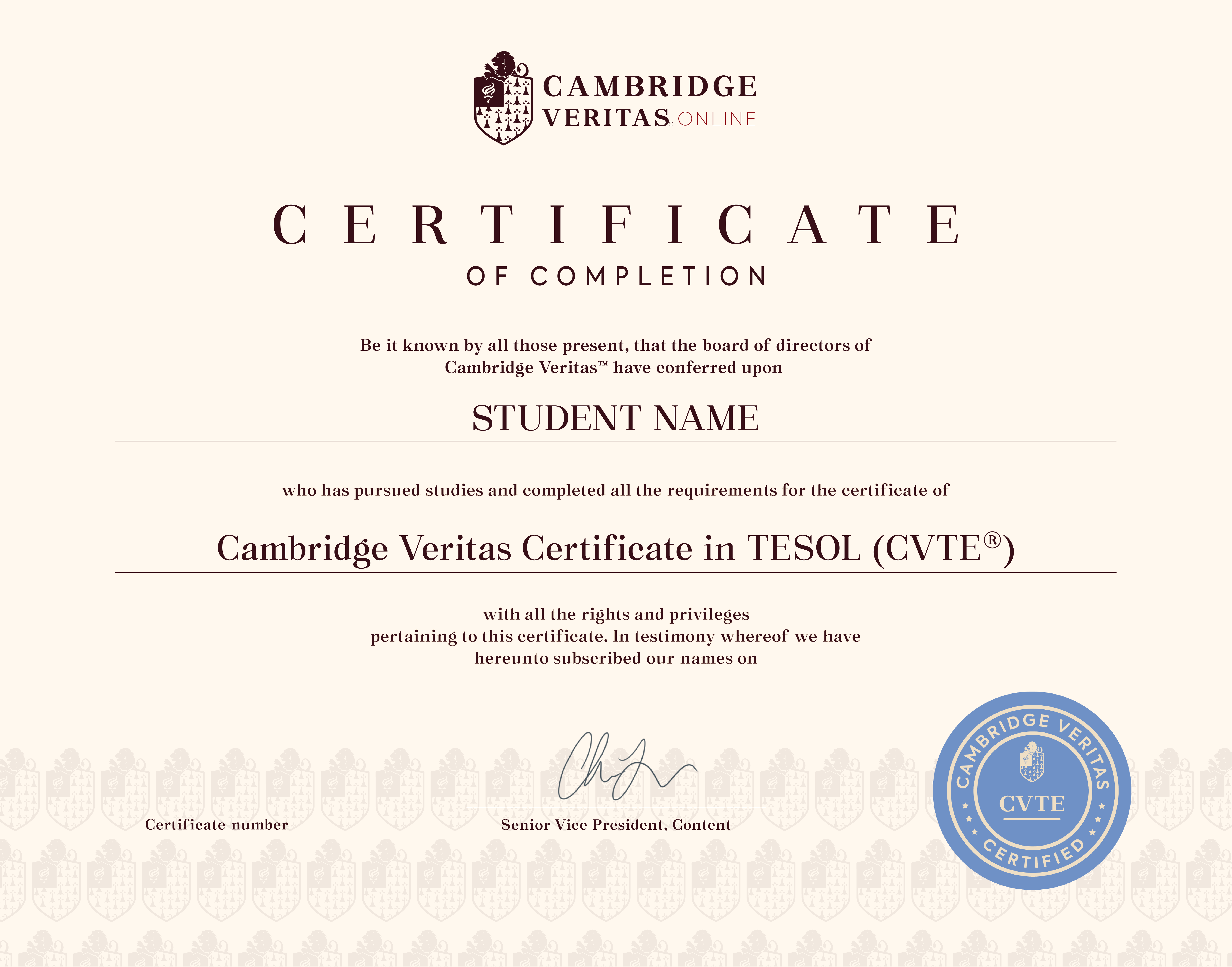
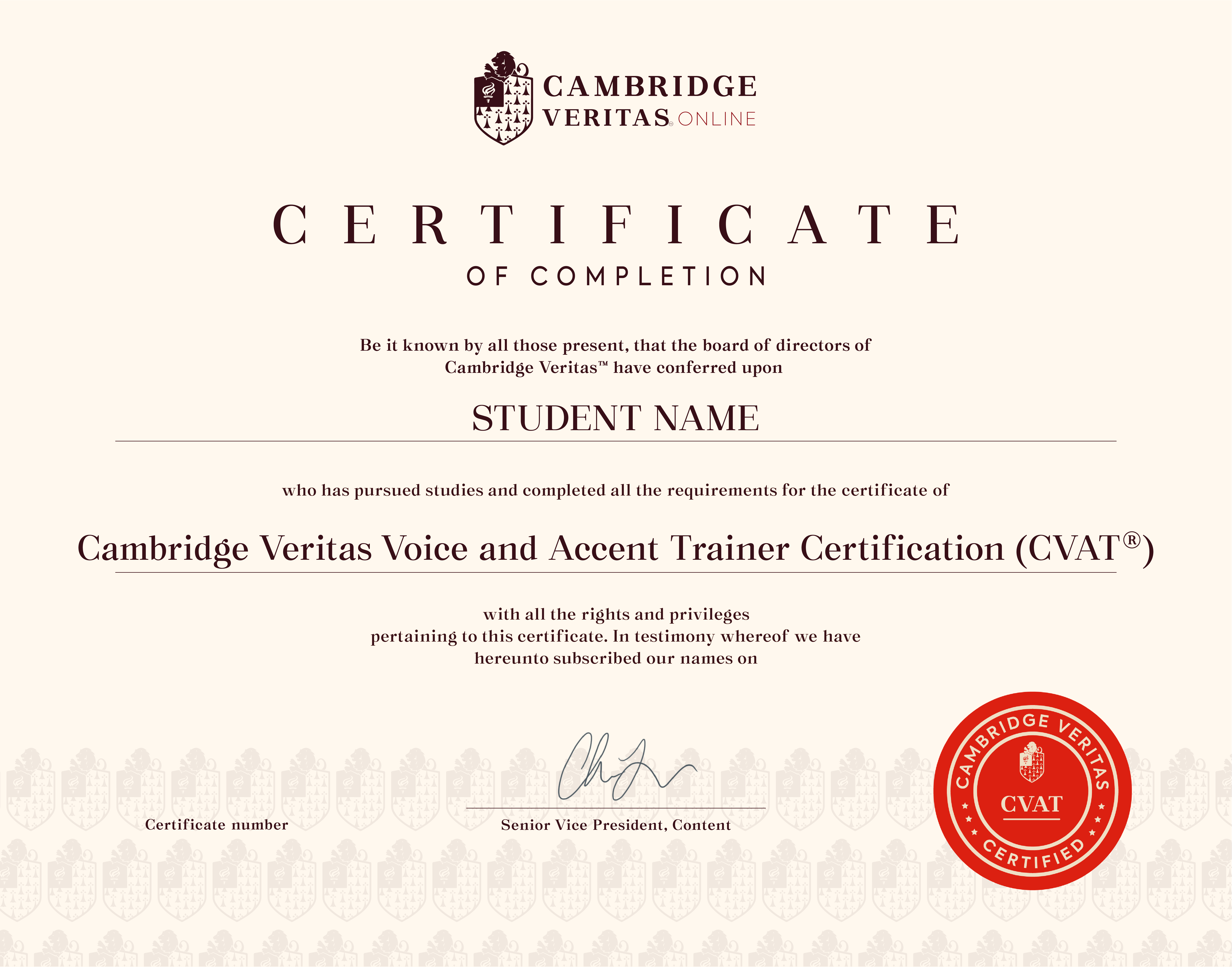
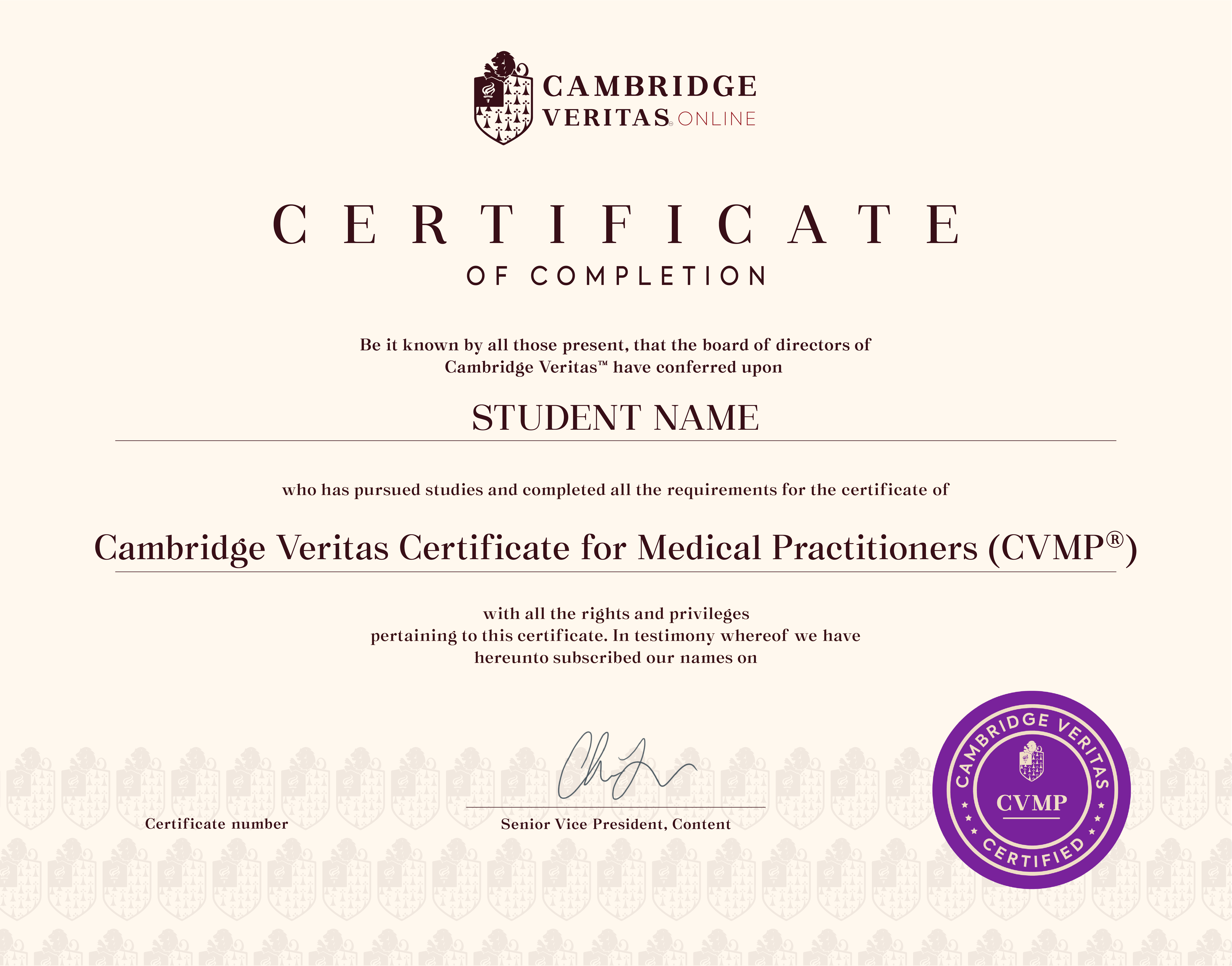
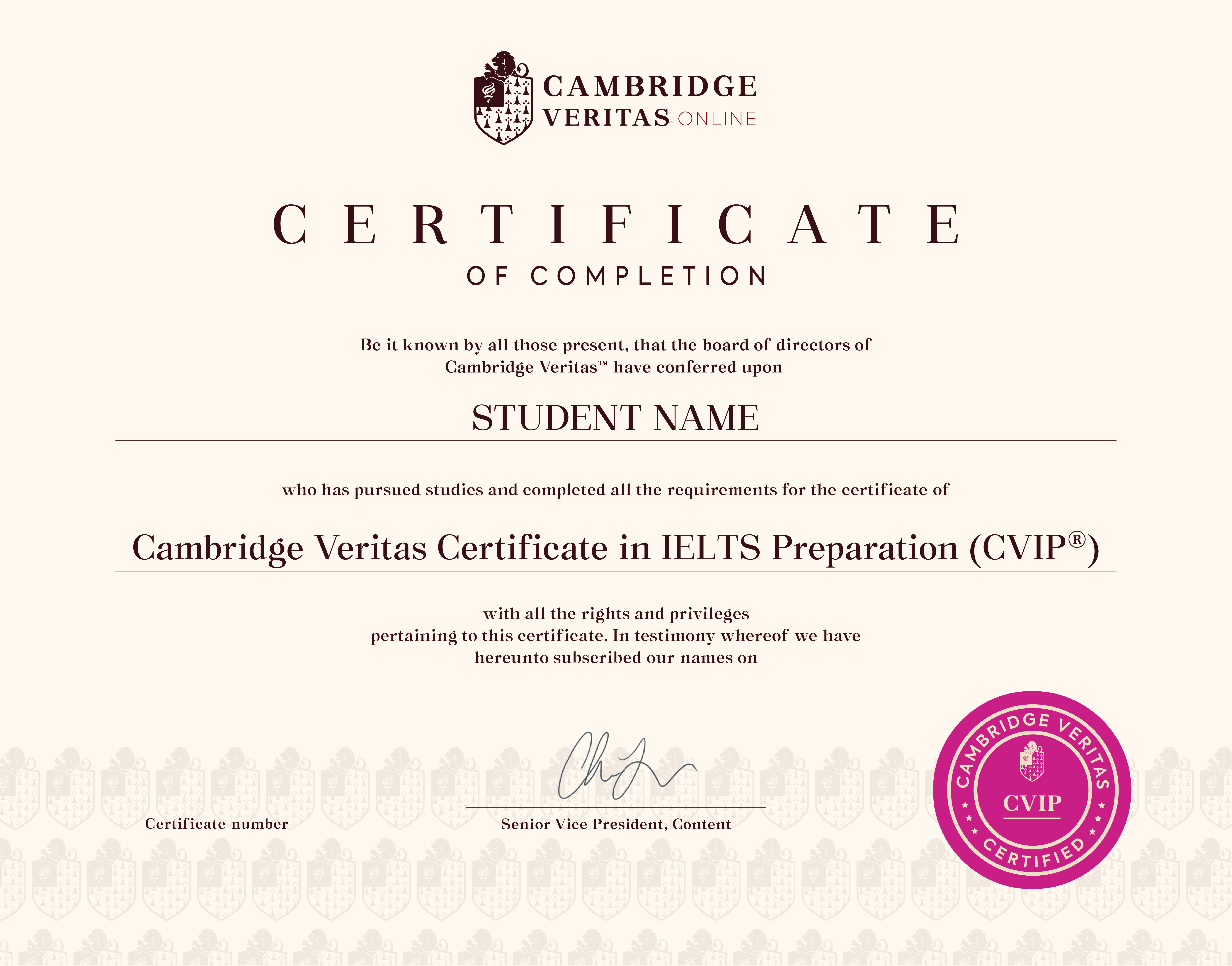



.png)